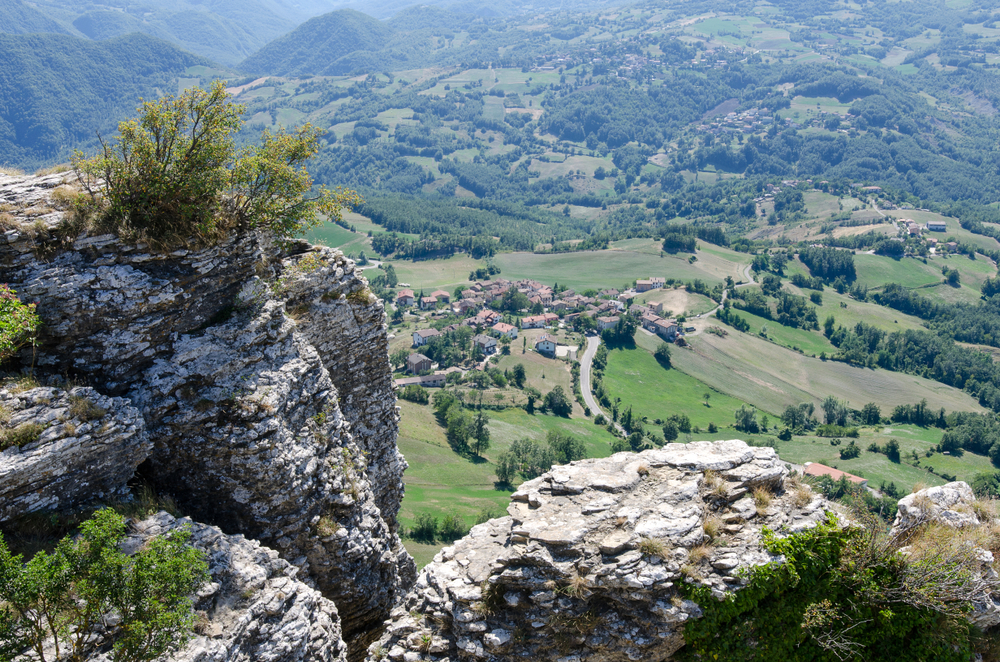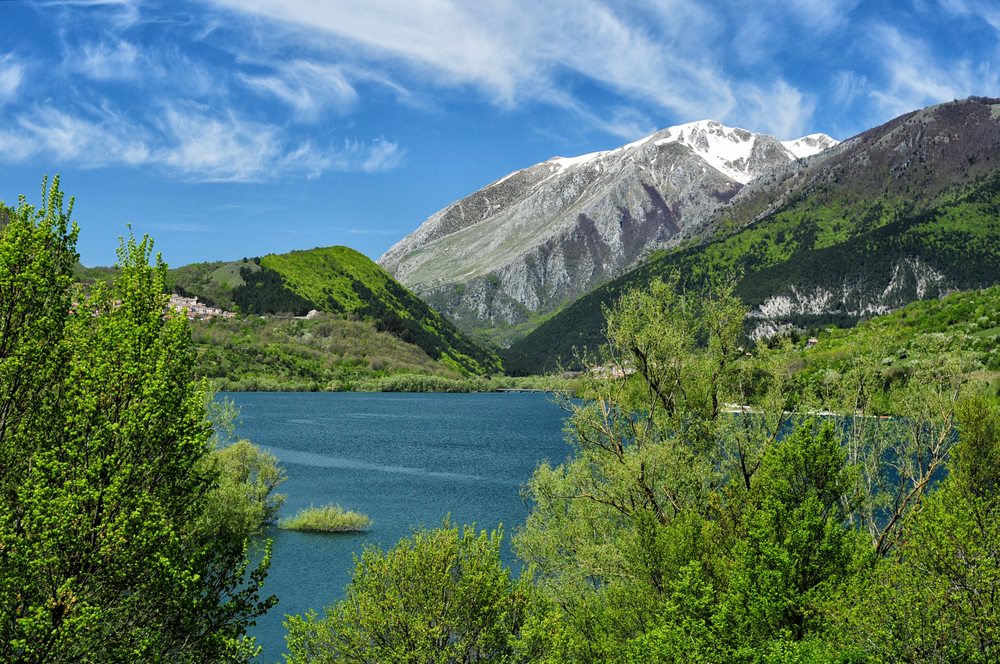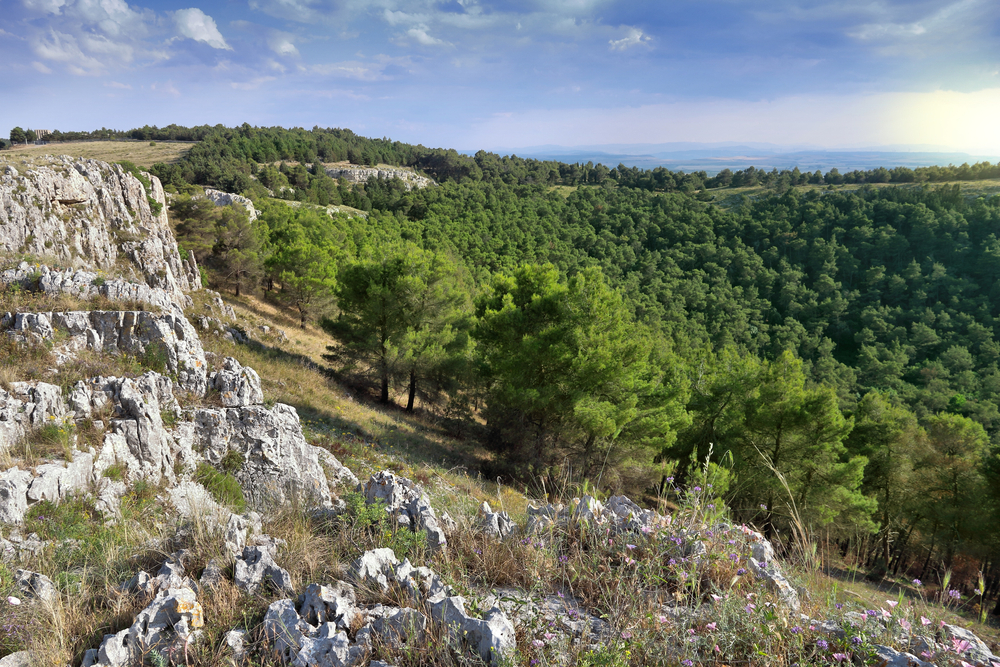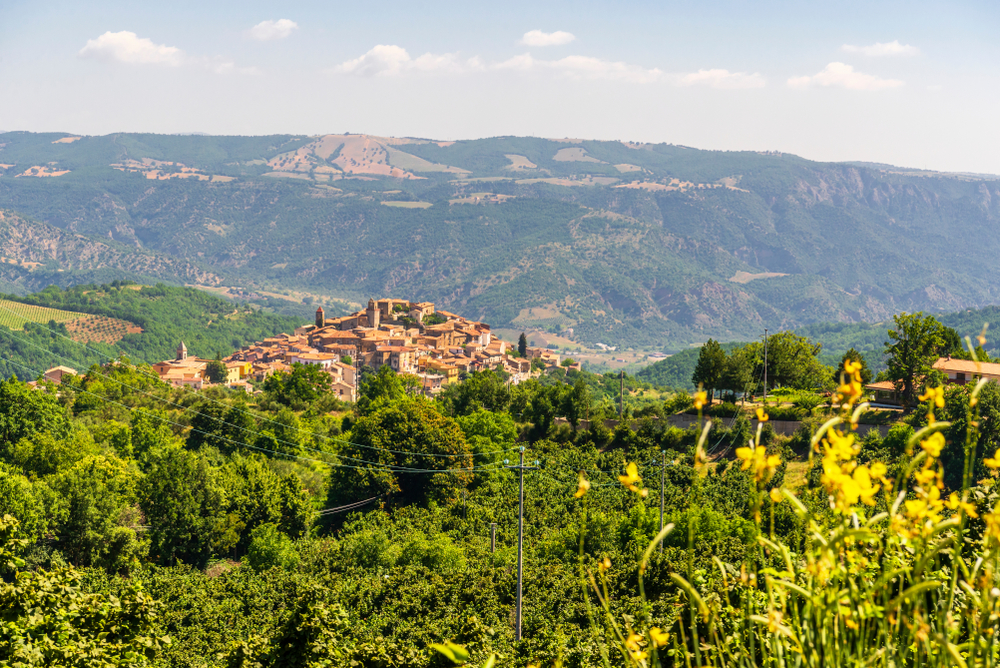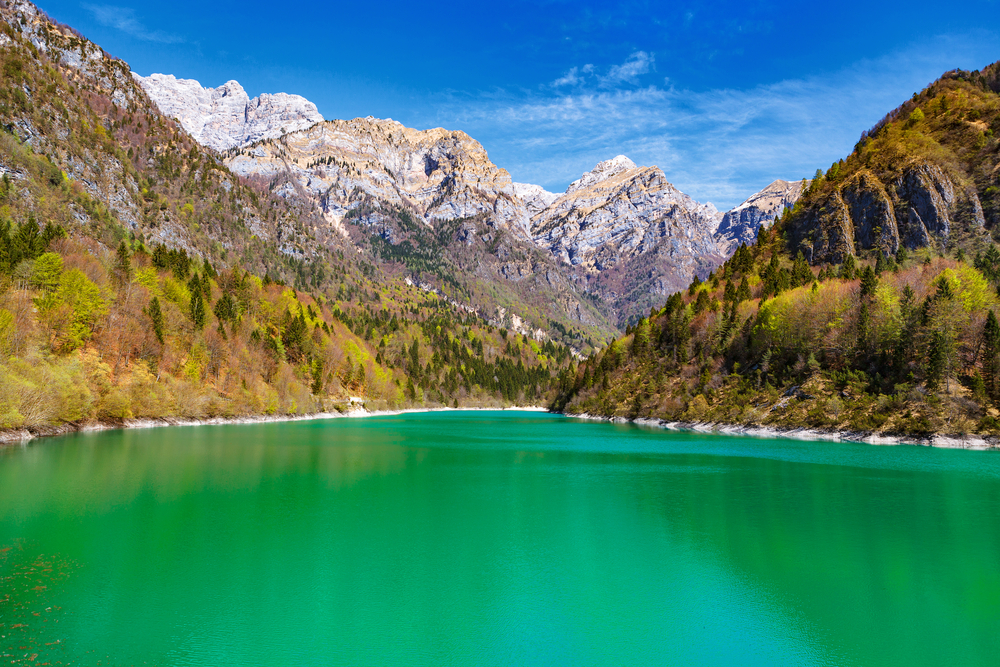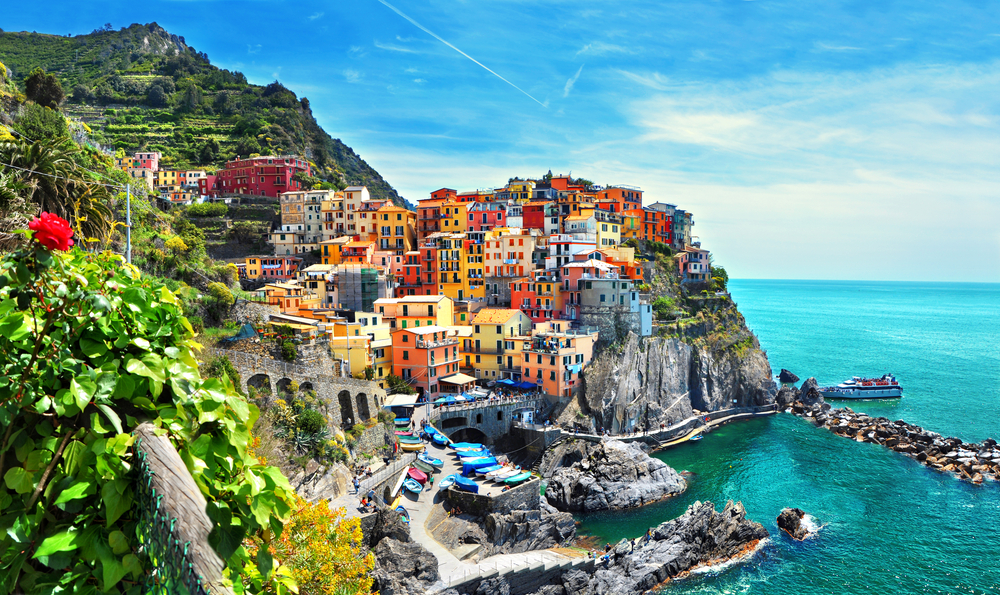Appennino Tosco-Emiliano Overview
Appennino Tosco-Emiliano National Park, or Parco Nazionale dell’Appennino Tosco-Emiliano in Italian, is located in the northern Apennines, straddling the regions of Tuscany and Emilia-Romagna in Italy.
Covering approximately 93 square miles (241 square kilometers), the park is an area of stunning natural beauty characterized by rugged mountain peaks, dense forests, and rich biodiversity. It forms part of the Apennine mountain range, featuring some of the highest peaks in the northern Apennines, including Monte Cusna (2,121 meters), Alpe di Succiso (2,017 meters), and Monte Prado (2,054 meters).
The park is dotted with glacial cirques, deep valleys, and numerous streams, including the sources of important rivers such as the Secchia and Enza. Visitors will find an array of landscapes, from rolling foothills and alpine meadows to beech and fir forests. During the warmer months, the meadows bloom with vibrant wildflowers, including rare orchids, while autumn transforms the woodlands into a colorful spectacle of red, orange, and gold foliage.
Wildlife in the park is diverse, with a range of mammals, birds, and amphibians inhabiting the region. Among the most notable species are the Apennine wolf, roe deer, wild boar, and European badger. Chamois, once extinct in this area, have been successfully reintroduced and are now thriving in the higher altitudes.
The park is also home to golden eagles, peregrine falcons, and eagle owls, as well as the rare white-backed woodpecker. The diverse ecosystems support a rich variety of insect species, including several rare butterflies, adding to the park’s ecological significance. The presence of wetlands and clear streams allows amphibians such as salamanders and newts to thrive in this protected environment.
One of the park’s most well-known features is the Pietra di Bismantova, a striking rock formation that rises abruptly from the surrounding landscape. This sandstone plateau has long been an important cultural and natural landmark, even inspiring the great poet Dante Alighieri, who mentioned it in his Divine Comedy.
Other popular destinations include the high-altitude lakes of Lagastrello and Mount Acuto, as well as scenic passes like the Cerreto Pass, which offers breathtaking views of both the Apennines and, on clear days, even the distant Alps. The park is dotted with medieval villages, churches, and castles, providing cultural and historical interest alongside its natural splendor.
Visitors can explore the park through an extensive network of hiking trails, ranging from easy walks to challenging mountain ascents. The Grande Escursione Appenninica (Great Apennine Excursion) is a long-distance hiking trail that crosses the park, offering an immersive experience in its diverse landscapes. Mountain biking is also popular, with several routes winding through the valleys and ridges.
During winter, the higher elevations attract skiers and snowshoers, particularly in the Pratospilla and Cerreto Laghi areas. For those interested in local traditions, the park is home to artisan food production, including Parmigiano Reggiano cheese, chestnuts, and honey, which visitors can sample in the nearby villages.
Conservation efforts within the park focus on habitat restoration and species protection. The reintroduction of the chamois is a major success, as is the ongoing monitoring of the Apennine wolf population. Sustainable tourism initiatives promote eco-friendly travel and responsible outdoor activities.
However, challenges remain, including the impacts of climate change, which threaten high-altitude ecosystems, and the management of human activity to prevent habitat degradation. The park’s management works closely with local communities to balance conservation and sustainable development, ensuring the protection of this unique and biodiverse landscape for future generations.








































































